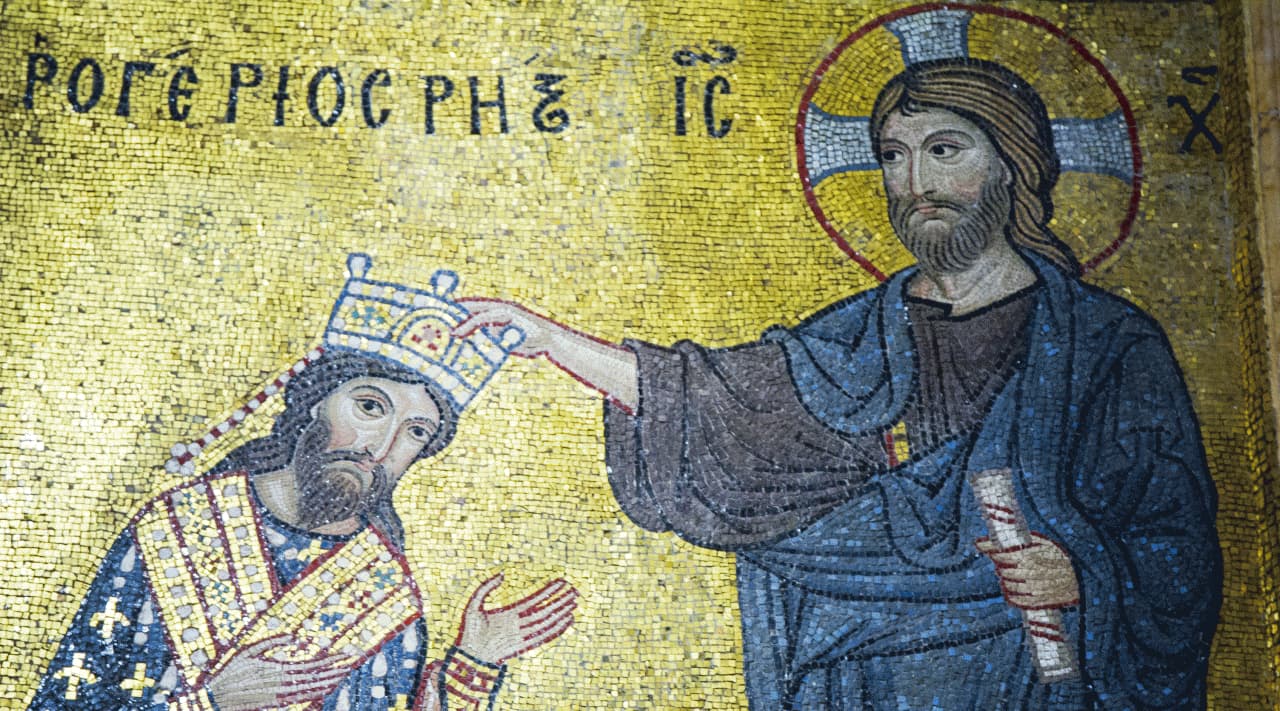
Per i primi quindici anni della mia vita m’è capitato di vivere in seno a una società fondata sull’abilità manuale e l’innocenza del cuore. Una società dove il rispetto del lavoro vigeva con la maestà e l’energia d’un sacramento inviolabile. Ne erano membri sarti e calzolai, artigiani e pastai, falegnami e barbieri, tutto un esercito di “mastri” che al chiuso o all’aperto, meno per bramosia di guadagno che per rovello di perfezione, manovravano dall’alba al tramonto con aghi, scalpelli, martelli, spatole, rasoi, cazzuole, o con qualunque altro arnese di legno o di ferro servisse ad assottigliare, farcire, ammorbidire, scolpire, in una parola a lavorare, una consenziente o recalcitrante materia, “figli del lavoro”, appunto, era il nome del sodalizio di artigiani dove fui a lungo di casa...
Gesualdo Bufalino "La civiltà della bottega"







